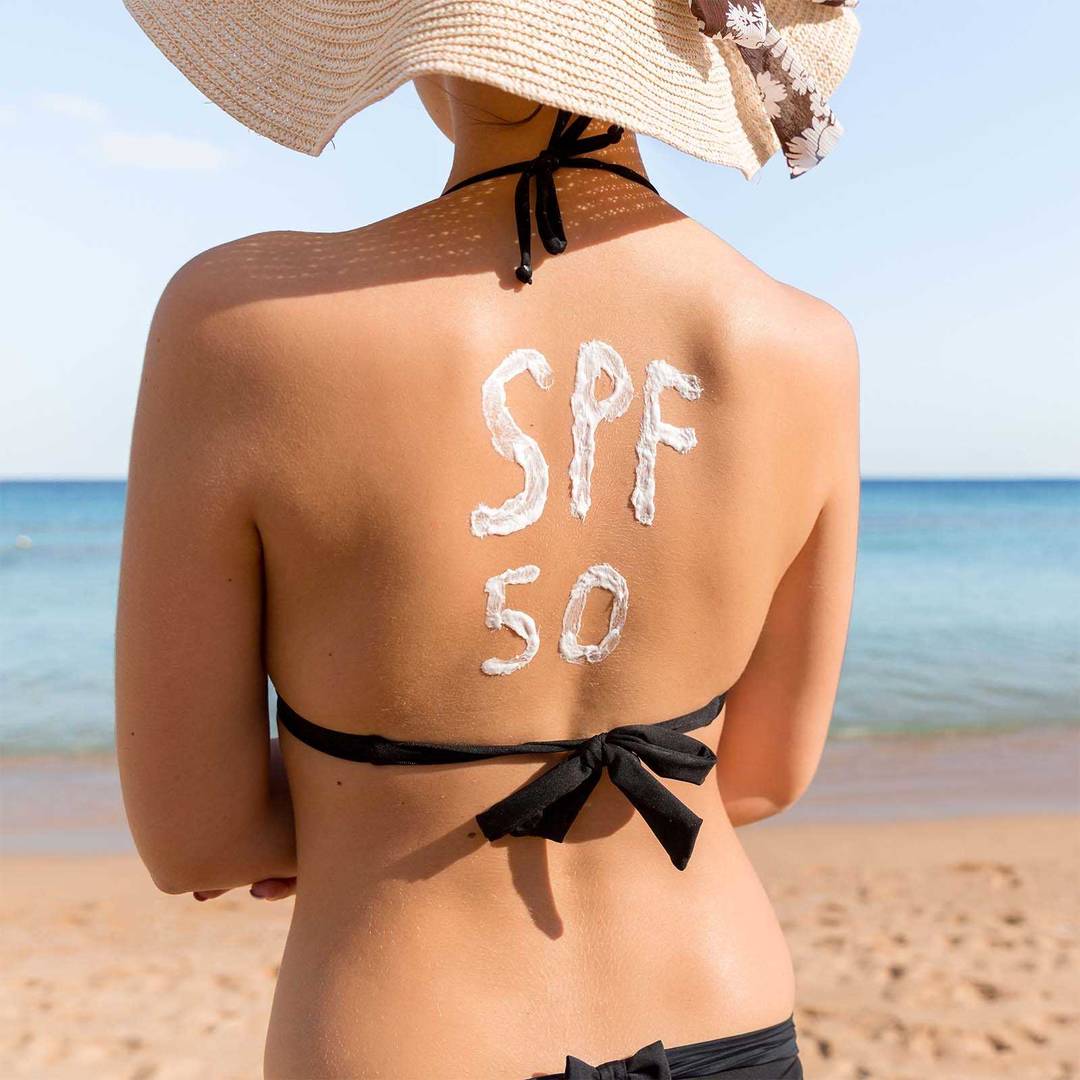Understanding Sun Protection Claims
Sun protection is essential to prevent the damage caused by ultraviolet (UV) radiation, and understanding the claims associated with sun protection products is key to ensuring their efficacy and safety.

This article is a complement to the webinar available for free on YouTube from ALS, which covers in detail the causes of sunburn, the types of radiation emitted by the sun, the varieties of sunscreens and the claims related to these products.
Understanding UV radiation
Although sunlight offers benefits such as vitamin D production and improved mood, it also poses significant risks due to exposure to UV rays. Only 5% of solar radiation is ultraviolet, divided into UVC (blocked by the ozone layer), UVB (causes sunburn) and UVA (penetrates deeper into the skin and is associated with skin photoaging).
Effects of solar radiation on the skin:
- UVB: It mainly affects the epidermis, causing inflammation (sunburn) and DNA damage, associated with skin cancer. Melanin acts as the skin's natural protection against future exposure.
- UVA: It penetrates deeper into the dermis, leading to photoaging and increased risk of cancer.
- Visible: it is associated with skin pigmentation.
- Infrared radiation: It mainly contributes to the feeling of heat without causing direct damage to the skin, but it can cause discomfort during prolonged exposures.
Types of sunscreens and regulations
Sunscreens are classified in different ways around the world. In some places, they are considered cosmetics, while in others, such as the USA, they are classified as medicines due to their protective function against UV rays. In some regions, there are also multifunctional products, such as lipsticks with additional sun protection but which are not designed primarily for this purpose.
Main claims about sunscreens:
- SPF: SPF (Sun Protection Factor) measures protection against UVB radiation. All sunscreens must have their SPF determined and labeled.
- Regional variations: Labeling and test methods vary between regions, with ISO 24444 and the FDA monograph being the most widely accepted methods for determining SPF. New testing methods, including a fully in vitro and a hybrid one, are under development.
UVA Protection Claims
UVA protection is assessed through the UVA Protection Factor (UVA-PF), which must be at least one third of the SPF value to allow the use of specific UVA protection symbols. In vitro (ISO 24443) and in vivo (ISO 24442) test methods are validated to assess UVA protection. The in vitro method is more common due to its speed and cost-efficacy. However, products with a high SPF or mineral filters may require in vivo testing.
Regulatory requirements:
- USA: There is no requirement to determine UVAPF, only the need to calculate the critical wavelength.
- Boot Star Rating System: UK-specific system based on UVA to UVB protection ratio.
- Japan: the determination of the FP-UVA according to ISO 24442 in vivo is required.
- Other regions: in general, the in vitro method is ISO24443 accepted.
Water and sweat resistance claims
For a product to be labeled "water resistant", it must withstand 40 minutes of immersion in water, and for "very water resistant" the immersion time must last 80 minutes. Methods such as ISO, Colipa and FDA monograph are used to assess this resistance.
- Water resistance: The efficiency of the product after immersion must be assessed, and in regions such as Europe and Brazil, a reduction of up to 50% in the SPF value after immersion is allowed for this claim to be used.
- Sweat resistance: Products that pass the water resistance test can claim sweat resistance, as immersion is more stressful than sweat. However, there are specific methodologies to assess sweat resistance that can be used and are optional.
Visible light protection
Visible light protection includes all colors within the 400 to 800 nanometer spectrum. Transparent products allow visible light to reach the skin, while colored products that have been opaque films tend to block blue and visible light better due to their pigments.
Blue light, part of the visible spectrum, is considered high-energy and can be blocked by pigmented products. There are no strict regulations for visible light protection claims, varying by country.
Photostability
Photostability claims do not have clear regulatory guidelines. The test usually involves measuring absorbance before and after exposure to UV radiation. There is no set requirement for the percentage of photostability allowed for a product to be considered photostable.
Final Considerations
Understanding sun protection claims is crucial to choosing effective and safe products. ALS plays a vital role in authenticating and verifying these claims, ensuring that consumers are well protected against the damage caused by UV radiation.
Watch the full webinar on YouTube for a detailed understanding of sunscreen claims and how ALS can help ensure the safety and efficacy of sunscreen products.

















































